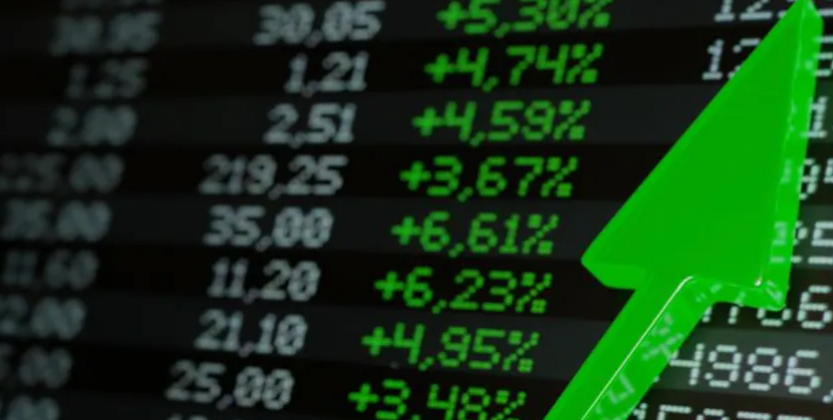An IPO ETF would allow investors to participate in the IPO market without being stock pickers, according to French Press Financial Services' CFP, Ronnie Colvin. IPO equities can be incredibly volatile and unexpected, so that's important to keep an eye on.
Why are initial public offerings (IPOs) so volatile? To begin with, the general public rarely has access to the IPO share prices that are the lowest and most tempting. Long-term shares of new companies that have already seen temporary price spikes may not be worth the inflated price you bought, much less exceed it.
There may be increased volatility and risk for investors in newly public firms because they lack the track record of more established corporations. Over the next five years, UBS discovered that the stock prices of more than 60% of IPO businesses had dropped.
Participation in several IPOs (IPOs)

Your entire investment depends on a single company's success if you invest in an initial public offering (IPO). If the stock price of your investment drops, you could lose a considerable amount of money. Companies relatively fresh to the whims of the public stock markets face a more significant risk.
In contrast, buying an IPO ETF allows you to diversify your portfolio by investing in numerous IPOs at once. An initial public offering's additional offerings should make up for an unsuccessful one, so overall losses should be minimized.
Consider Investing in Indexed Companies

For long-term investors, index funds and ETFs deliver returns on par with the market's performance. When it comes to large-cap indexes such as the S&P 500, many index funds ignore smaller companies and new IPOs. It's a pity this happened.
Securities of smaller, newer companies may be more risky investments since they trade less frequently than those of larger companies. Because they lack the diversification and financial resources of larger organizations, smaller businesses may be more vulnerable to market volatility despite their size.
However, taking on more risk is more likely to pay off in the long run. Since small and growing companies have more room to grow exponentially than larger organizations, you can earn a better return on your investment by investing in these companies.
When Tesla (TSLA) went public for the first time, you might have invested in the company (IPO). Since its public debut in 2005, Tesla has increased its revenue by more than 4,000 percent. The S&P 500, which did not include Tesla then, gained only 187% throughout this period.
In this case, the value of an IPO ETF may be demonstrated. This fund focuses on early-stage companies that aren't yet large or established enough to be included in key market indices. Investors who relied on traditional index funds had already missed out on hundreds of percentage points of growth by the time Tesla reached S&P 500 status.
The Problems with Initial Public Offering (IPO) ETFs
Investing in initial public offerings (IPOs) for the long term could result in more significant profits. Investment in IPO ETFs can minimize risk and reduce possible rewards. Even if one of the companies you invested in takes off, you'll get a lower return on your money because your funds are spread out across many different businesses.
"Investors would benefit if the picked equities grew in the ETF, but not nearly as much as if they had bought the stocks themselves," Colvin observes.
That is not to imply that appealing prizes will not be available anyway. Since its inception in 2009, the Renaissance U.S. IPO Index has returned an annualized 18.09%, while the S&P 500 has returned an annualized 15.69%.
Diversifying your wagers is essential to keep your winnings from going to the house. Although you won't be able to participate in the highs enjoyed by the winners, you are less likely to suffer significant losses.
( IPOs) of exchange-traded funds
Expenses for initial public offerings (IPOs) of exchange-traded funds may rise. Investors are charged fees to cover the costs of running a mutual fund or an ETF. Index funds and ETFs typically have low "expense ratios," however, IPO ETFs may charge much greater management fees than regular S&P 500 index funds. ETFs.
ETF Renaissance Initial Public Offering tracks the Renaissance U.S. The initial Public Offering Index has an expense ratio of 0.60 percent. A Vanguard S&P 500 ETF costs 20 times as much as this.
An ETF may be justified in charging a premium for its management if it outperforms the S&P 500, but this isn't always the case. Compared to the S&P 500, the Renaissance U.S. IPO Index gained 17% between September 2020 and September 2021.




